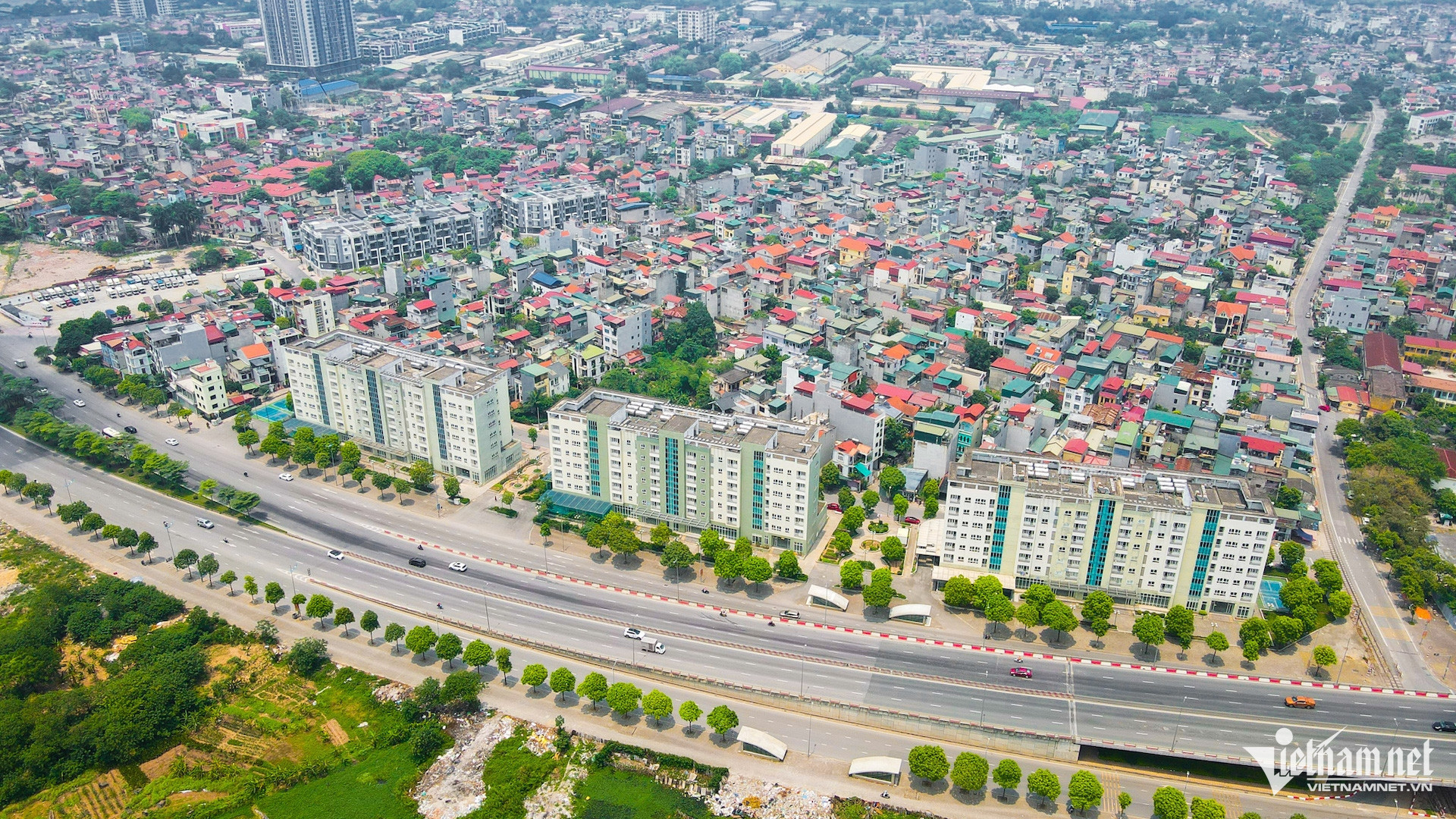
As housing supply declines and demand for affordable and social housing rises, thousands of resettlement apartments have been left idle with no residents. The deserted housing projects have been a topic of discussion for many years, but the problem has not been settled.
Many buildings have arisen in the last 10 years on well-located land and have been left deserted. These include one on Duy Tan street in Cau Giay district, a Sai Dong Urban Area project on Ly Son street in Long Bien district, and a project described as having a multi-million dollar view of Den Lu Lake.
Built but unofficial
Mac Dinh Minh, deputy director of the Hanoi Construction Department, said of the nine projects mentioned above, the ones that have been completed are: a resettlement area on land plots No15 and 16 in Thuong Thanh ward in Long Bien district, and the B and C blocks of a resettlement area in Tran Phu ward in Hoang Mai district. Though the apartments have not been put into use yet, resettlement has been arranged.
The other seven projects are under construction, including a resettlement area on CT4 land plot in Phu Dien concentrated resettlement area in Bac Tu Liem district; a housing project on N01 block on C17 land plot in Cau Giay new urban area; a housing project on B10/ODK3 land plot in Yen So ward of Hoang Mai district; and a housing project in the resettlement area in Xuan La ward of Tay Ho district.
Asked why the resettlement projects have not been put into use, an official of the Hanoi Construction Department cited many problems.
Apartments have been reserved for projects that need to arrange resettlement areas for people leaving their homes. However, as some projects have been going slowly for various reasons, the investors of the projects have not asked the municipal authorities to release a decision on selling the apartments.
The second problem is that the apartments were built based on previous standards and regulations. The requirements on fire prevention and control have been changed, and as a result, the new construction works cannot meet the new requirements to gain acceptance.
The third problem is with projects related to the establishment of Covid-19 patient quarantine and treatment. The investors of the projects completed several items of the works to serve pandemic prevention and control, and handed over the works to Hanoi Capital Command. To date, the works have not been given back to the investors.
Is auctioning a good solution?
Some agencies have proposed turning the deserted resettlement apartments into social housing.
According to the Hanoi Construction Department, the 2023 Housing Law mentions cases in which housing functions can be changed from resettlement apartments to social housing.
Decree 95 released in 2024 stipulates that a change can be implemented if the areas where the housing products need change no longer have demand for resettlement, and the area of resettlement housing fits standards for social housing as stipulated by law.
However, the department reported that all housing at resettlement projects has been reserved for development projects that need to compensate people for site clearance, especially key projects.
Regarding solutions to the deserted resettlement apartments, the Hanoi Construction Department said it has proposed organizing auctions to sell the remaining apartments after arranging enough houses for households whose land was taken back by the state to make room for development projects.
“As for the two projects which have been completed and put into use, the municipal authorities have assigned the Hanoi Housing Management Center to sell resettlement apartments in accordance with current regulations,” the department said.
The agency has also asked the people’s committees of districts where projects are located and the Hanoi Civil Construction Investment Project Management Board to coordinate with relevant departments and branches to fulfill necessary procedures, including project adjustment, capital arrangement, and return of the facilities used to treat Covid-19 patients, so that investors can continue construction and put the buildings into use in the fourth quarter of this year.
Hong Khanh